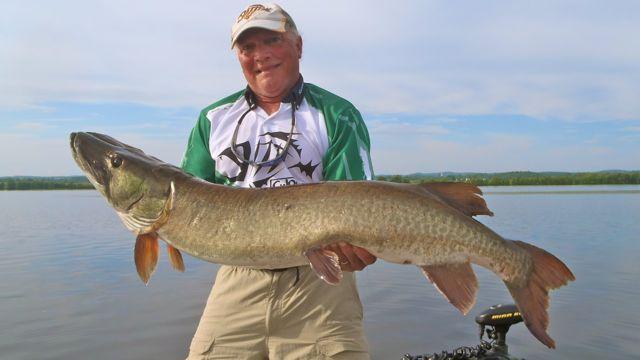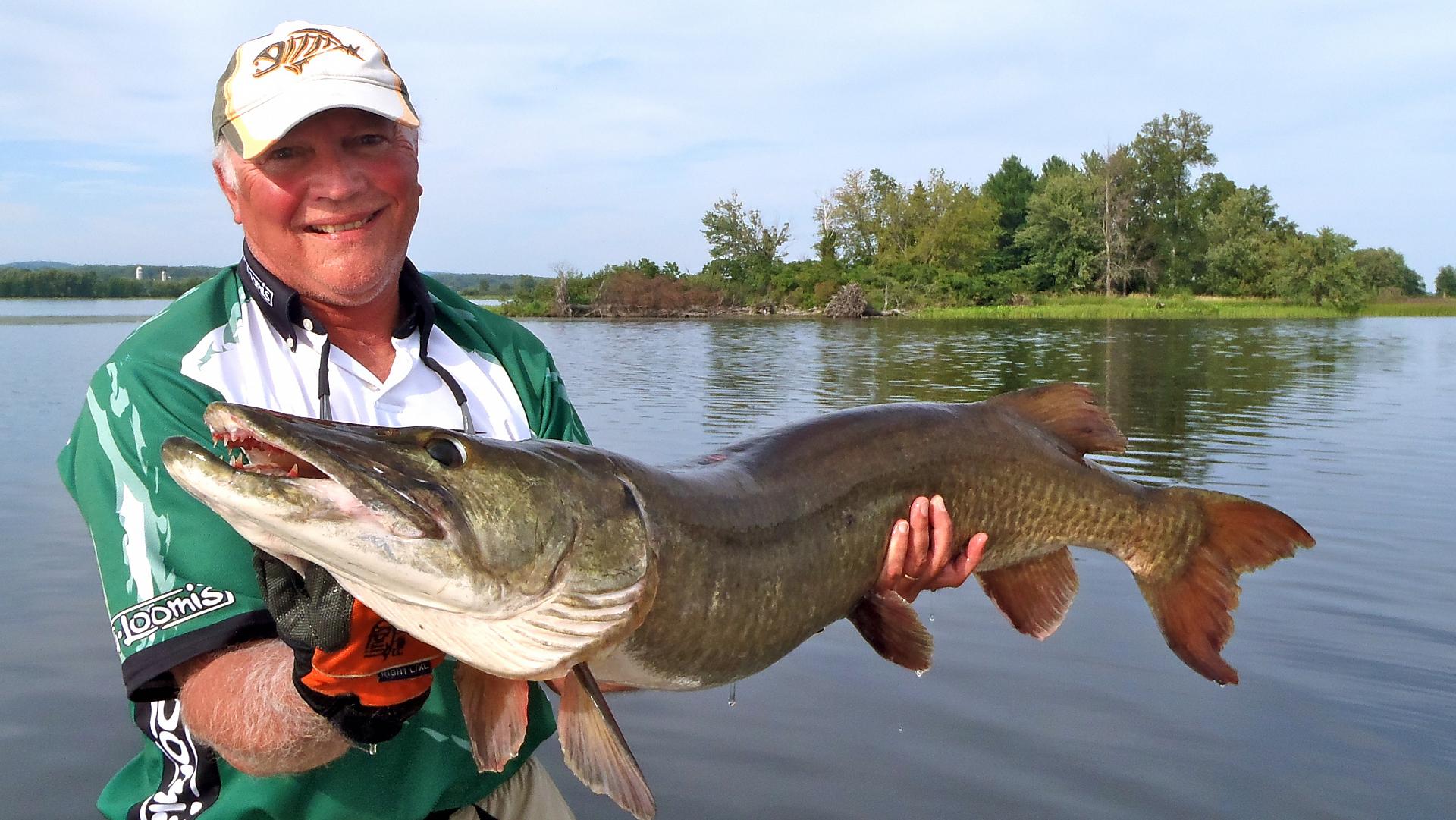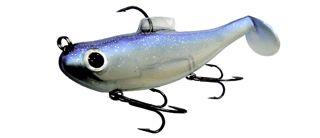Cracking the Code
5 secret new tactics for hard-to-catch summer lakers, largemouth, muskies, northerns, panfish and walleye
Advertisement
Summer Secret #3: Paddletails for muskies & northern pike

Few lures have made a bigger splash on the toothy critter scene over the last decade than large paddletails such as the Water Wolf Lures Shadzilla (below), Big Hammer Swimbaits and the plethora of specialty soft-plastics hand-poured in garages and workshops by independent lure makers.
The rolling, side-to-side wobble combined with the back-and-forth tail action is too much for big pike and muskies to pass up. But there’s a unique way you can present the baits that makes them even more deadly in the heat of summer. It’s a trick I learned years ago from Dana Rosen, who’s also credited with weighing in the heaviest bag ever in a competitive bass event.
Advertisement
The key is to position your boat over deep water adjacent to muskie or pike structure, such as a main-lake reef, boulder shoal or rock pile. I’ll typically park over 30 to 40 feet of water while casting up as shallow as 10 to 12 feet.
After you cast, keep your rod tip pointed upward in the 11 o’clock position and wait until the line goes slack and bows as the lure settles to the bottom. That’s the signal to drop your rod tip to the nine o’clock position while turning the handle on your high-speed ratio baitcasting reel as fast as you can for five or six revolutions. Now, stop reeling, return the rod tip to 11 o’clock, let the lure plummet back to the bottom, pause for a second or two and then repeat.
Advertisement
Continue retrieving your swimbait this way, rocketing it up and off the bottom, and letting it fall back down, until it’s under the boat. Then reel it up and cast it back into the shallows. When a muskie or northern pike strikes—nearly always on the fall—it will feel like the peck from a perch. That’s your cue to reel up any slack as quickly as possible and slam the hooks home.
One last suggestion: if you’re using a swimbait with a treblehook under the belly, remove it. The single jig hook coming out the back of the bait is all you need, and you’ll be less likely to get snagged.
Advertisement


